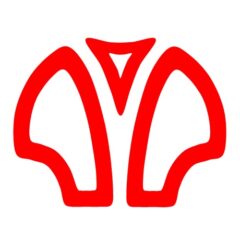April 2024
We are looking for partners who have an interest in dental design software. We developed our own software, with a very high level, compared to 3Shape and Exocad, but want to extend it further. We are also looking for parties that are interested to produce a opalescent , non-chipping porcelain for zirconia. We have extensive […]
